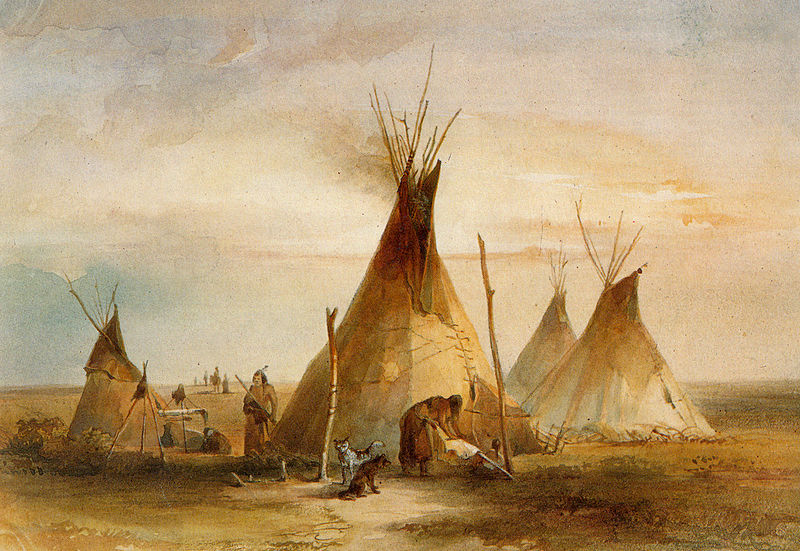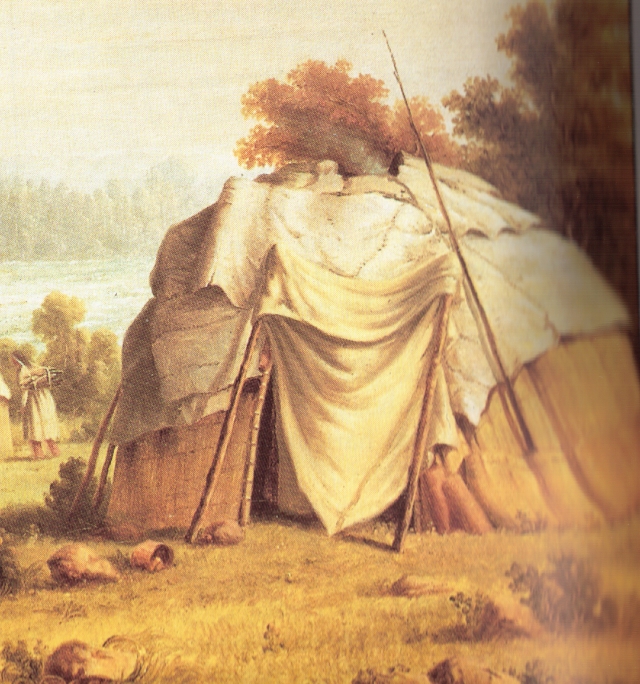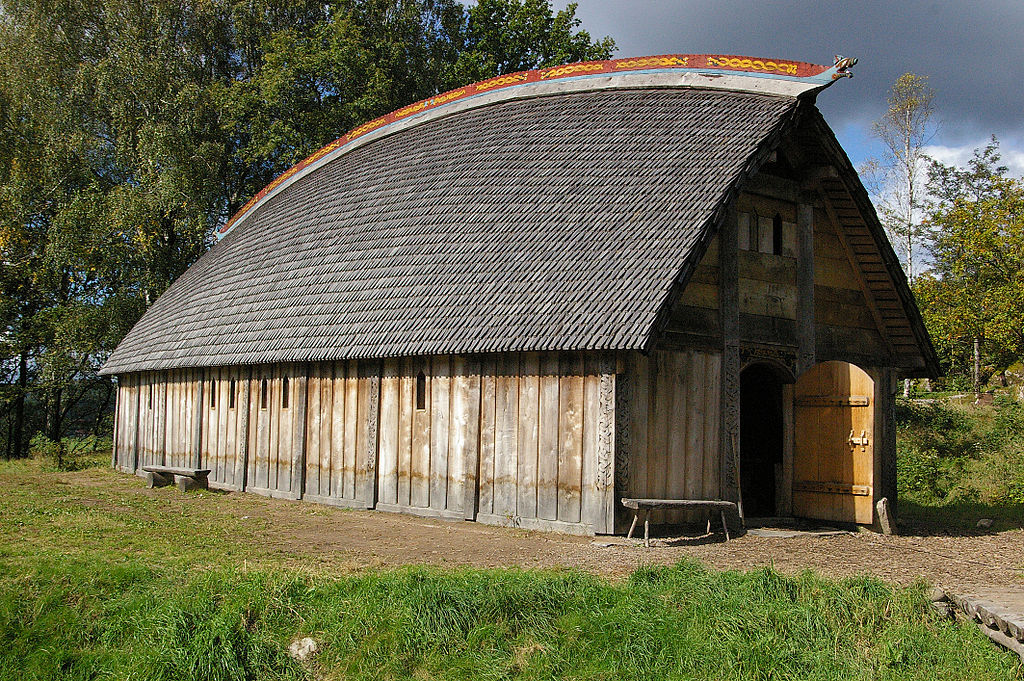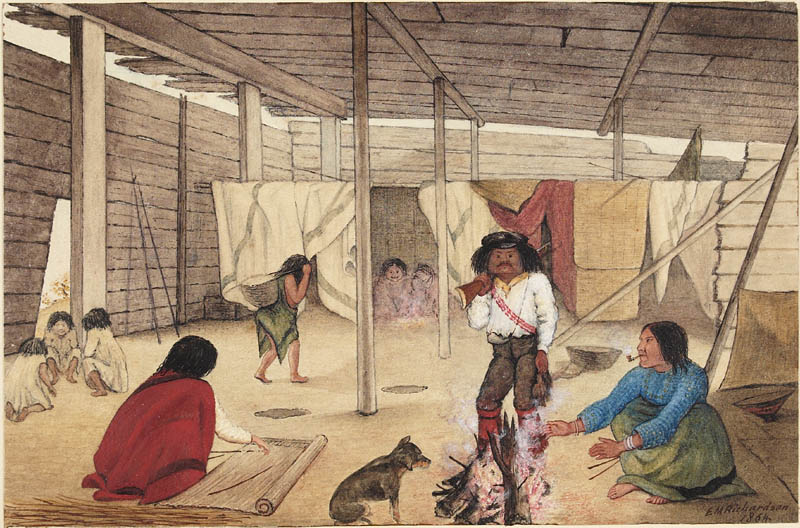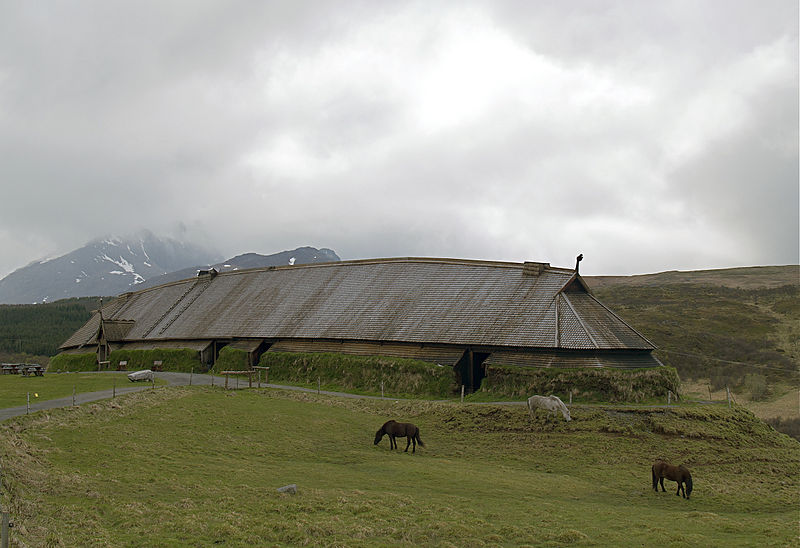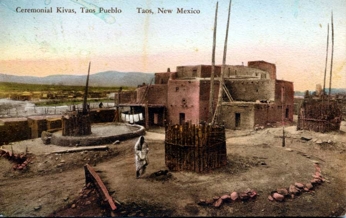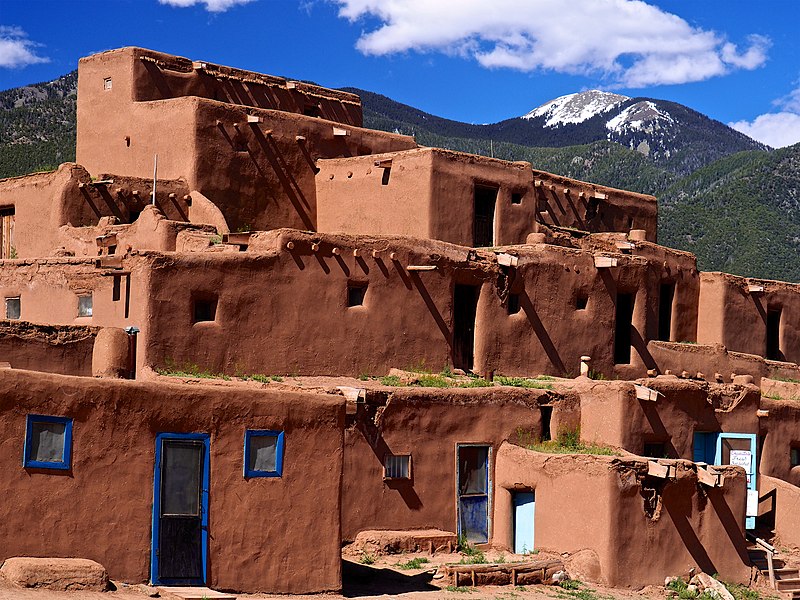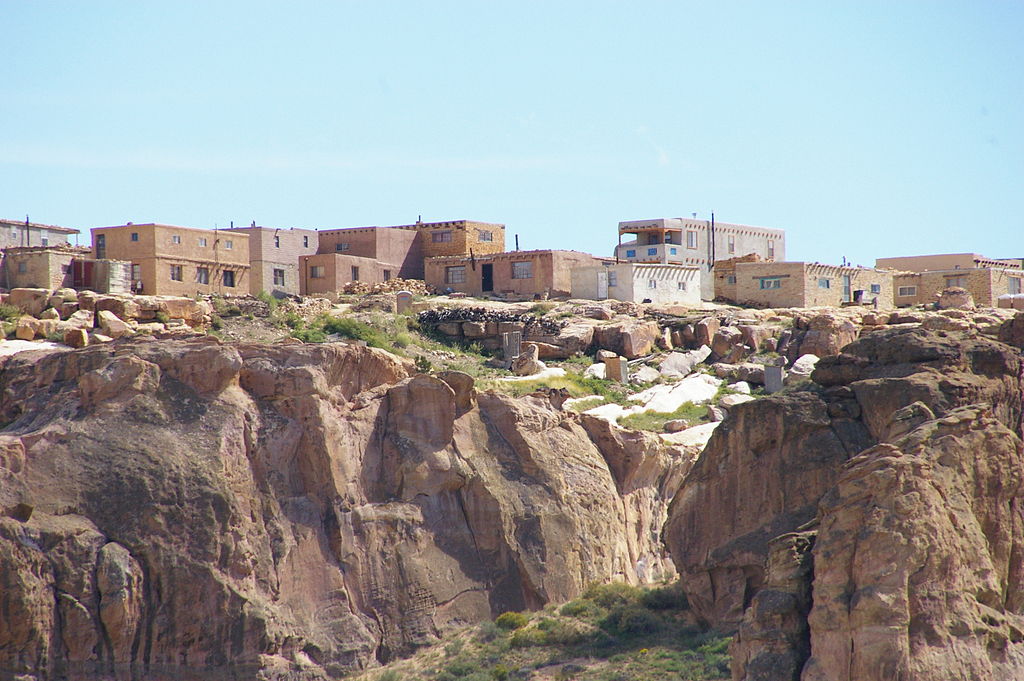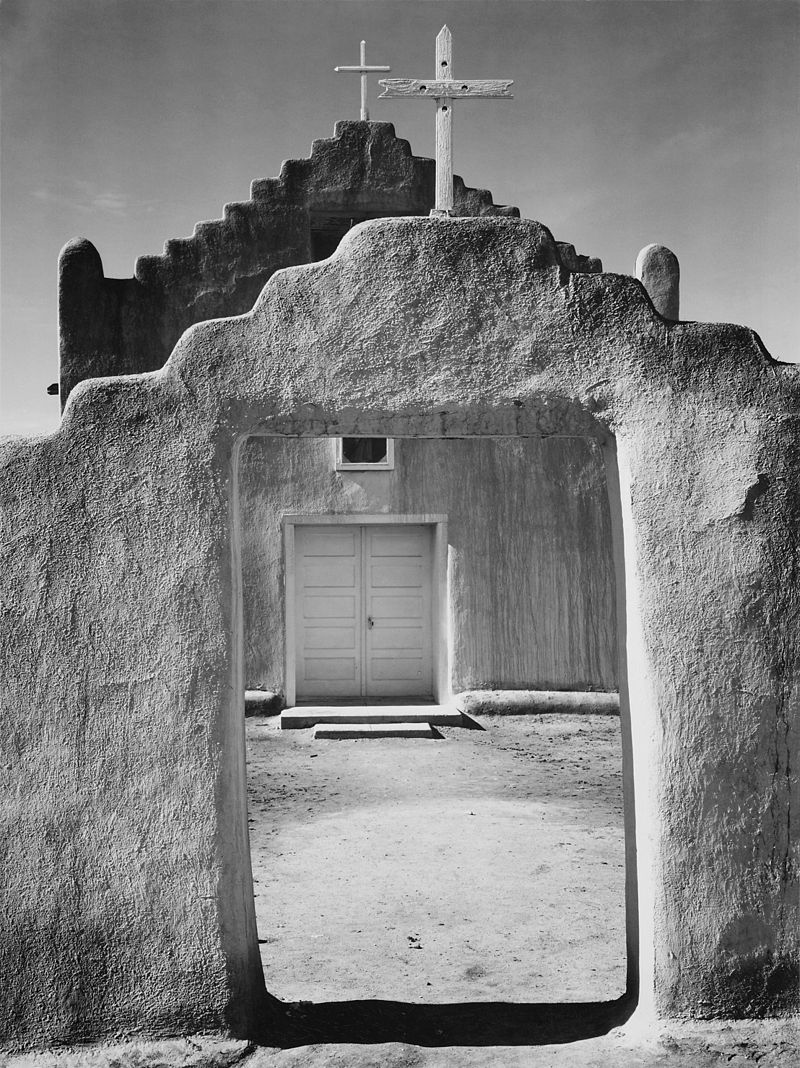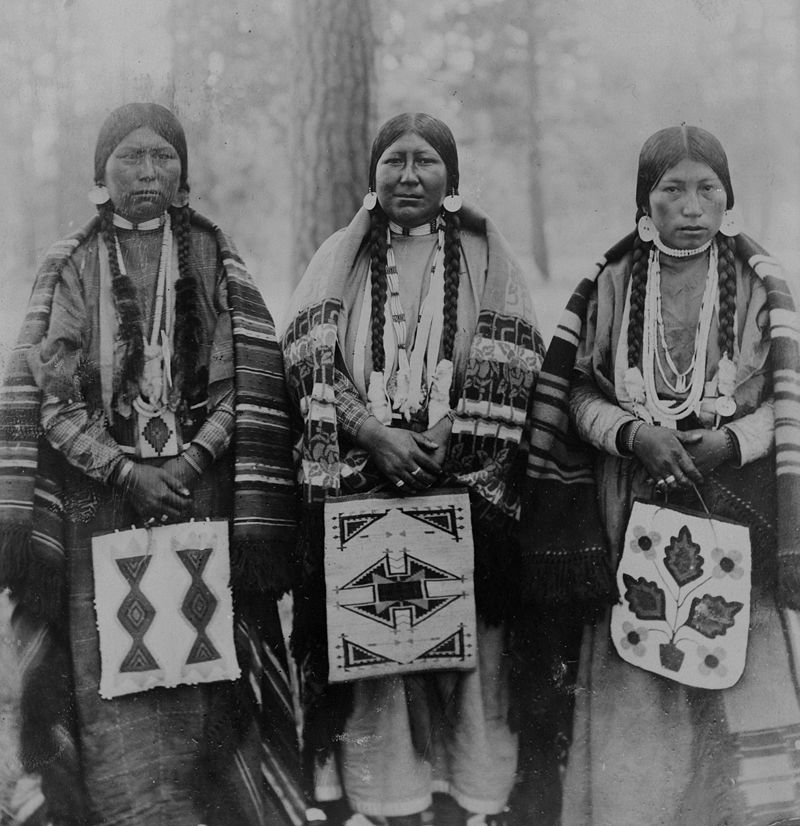Native American Teepees, Longhouses & Pueblos
Teepees
Many North American tribes were nomads. These tribes followed the herds of animals across the plains. They hunted the animals for food and used the hides for clothing and shelter.
Because they were nomads, they needed housing that could be packed up and taken with them. These forms of housing proved to be teepees and wigwams.
Teepees are poles tied together near the top and the bottoms were spread out so the structure could stand up on its own.
Hides were tied to the poles to form walls and an entrance way. The area at the very top of the teepee was left open so that when they made a fire inside, the smoke would rise to the top and escape into the air.
Longhouses
Longhouses were built by the North American tribes that lived in the northeast of the continent. These were permanent homes made of trees and bark.
They were sturdily built and sheltered many families, perhaps up to twenty people. Generally, the longhouse would be about 80 feet long and 18 feet wide.
Fires were built inside the longhouse for cooking and heat. There were holes left in the roof the let the smoke from the fires escape.
Trees were used to make the sides of the longhouse. They used more slender trees to attach to the top of a wall pole and bent it across to the opposite wall pole to form roofing struts.
The walls and roof were covered with overlapping pieces of bark. The longhouse was an effective shelter from the weather.
Many longhouses formed a village. The tribe built a fence of tree poles to encircle the village as added protection against wild animals or marauding individuals from other tribes.
Pueblos
Pueblos were the homes favored by the North American tribes in the southwest of the continent. Sometimes they inhabited caves in the sides of huge cliffs and built adobe dwellings within the caves.
The pueblos were generally grouped close together to form large villages.
Pueblos are made from adobe, which is clay mixed with water and grass. The mixture is formed into bricks and left in the sun to bake.
These bricks were used to build walls for the many rooms and many levels within the pueblo.
Each layer was supported by tree limbs across the top of each level and more bricks added to form the floor of the next level. Each level was a little smaller than the layer below.
The bricks were cemented together with wet adobe and then the whole house was covered with a layer of wet adobe.
The people of the tribe built ladders to gain access to the levels above ground level and to go from one level to another.
Every night, the ladders were hauled up to protect the inhabitants from invaders and wild animals.
Quiz Time!
Questions
- Why did some tribes build teepees as their favorite type of shelter?
- What was used to form the walls of a teepee?
- Where in North America were longhouses built as shelter?
- What was used to form the walls and roof of a longhouse?
- What is distinctive about a pueblo build of adobe bricks?
Answers
- Teepees were easy to dismantle and take to another location.
- Furs and hides were used to make the walls of a teepee weather-proof.
- Longhouses were built by the natives in the northeast part of the continent.
- The walls and roof of a longhouse was made of pieces of overlapping bark.

